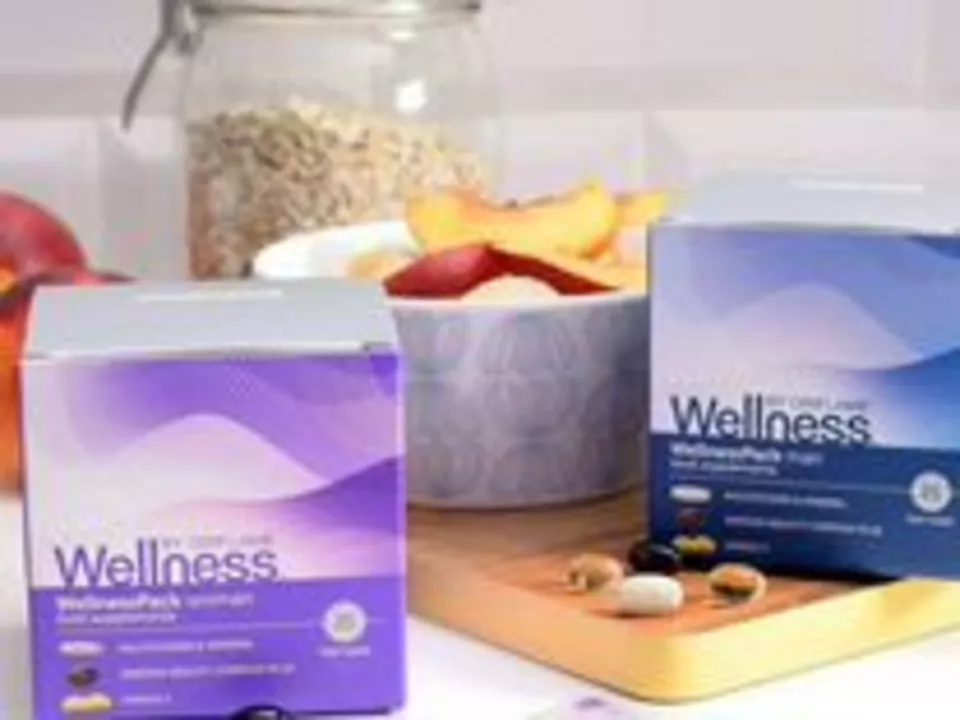Diet Transformation: Simple Steps That Actually Work
Want a diet change that sticks? Forget crash diets and magic fixes. Real transformation starts with small, consistent moves you can keep doing. This page gives clear, practical steps you can use today, plus quick swaps, a one-week starter plan, and links to relevant PushHealth reads that help when medicine or supplements mix with food.
Start with a quick reality check
First, track what you eat for three days—no judgment, just facts. Note meals, snacks, portion sizes, and how you feel after eating. That snapshot shows patterns: late-night carbs, low protein breakfasts, or sugary drinks. Once you see patterns, pick one small change to make this week—like adding a vegetable to breakfast or swapping soda for sparkling water.
Use the plate rule: half veggies, a quarter protein, a quarter whole grains or starchy veg. Protein and fiber keep you full longer and make portion control easy. If you’re short on time, batch-cook one protein and one grain on the weekend to mix with fresh veggies all week.
Quick swaps to start today
- Swap refined grains for whole grains: white rice to brown rice or quinoa.
- Choose whole fruit instead of fruit juice to get fiber.
- Replace one processed snack with a handful of nuts, Greek yogurt, or carrot sticks with hummus.
- Add a simple protein to breakfast—eggs, cottage cheese, or a scoop of nut butter—to curb midmorning cravings.
Don’t obsess over every calorie. Focus on making meals balanced and adding foods that satisfy you. If weight loss is the goal, shrinking portions slowly—like trimming 10–15% off dinner portions—works better long term than drastic cuts.
If you take medications or supplements, they can affect appetite, digestion, or nutrient needs. For example, some diabetes meds change hunger, and certain supplements may interact with meals. Check product info or talk to a clinician when you make big diet changes.
Exercise helps, and you don’t need hours in the gym. Short high-intensity intervals (HIIT) or steady-state cardio both work—pick what fits your life and energy. The important bit is consistency: three 20–30 minute sessions per week move the needle.
Sample one-week starter plan: breakfast (overnight oats with berries and Greek yogurt), lunch (mixed salad with grilled chicken and quinoa), snack (apple + nut butter), dinner (baked salmon, roasted veggies, small sweet potato). Repeat, swap proteins, and keep meals simple.
Want deeper reads? Check posts on PushHealth for related tips and safety info: articles on HIIT vs steady-state cardio for medication-related weight changes, dietary supplements like arrowroot and jasmine, and how meds like metformin can affect diet decisions. These help you match nutrition steps to your health needs.
Change is easier when it’s specific and small. Pick one swap, plan a week, and check how you feel. Small wins pile up quickly—give it two weeks and you’ll notice the difference.

